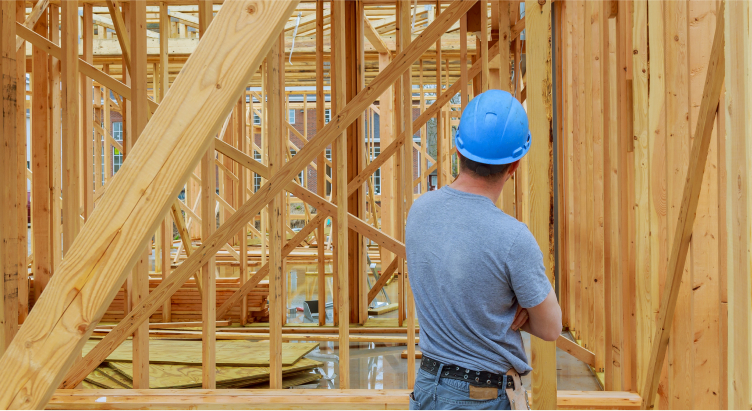1. Direct or Actual Damages
Direct damages are the foundation of claims in construction disputes. They represent the cost necessary to rectify the issue and complete the project as per the original agreement. This encompasses the expenses to repair or replace substandard work, and any additional costs that arise due to the builder’s failure to adhere to the contractual obligations. For instance, if a homeowner has to pay more than the agreed price to complete the construction due to the builder’s default, these additional costs fall under direct damages.
2. Consequential Damages
Consequential damages, though more complex to quantify, are vital in understanding the full extent of a homeowner’s loss. These damages refer to secondary effects that stem from the breach, such as delays in project completion, which can lead to lost profits or damages to the homeowner’s reputation if the property was intended for business use. The principle behind consequential damages is that the breaching party is liable for all foreseeable losses at the time the contract was made. However, it’s important for homeowners to demonstrate the causal link between the breach and the claimed losses.
3. Liquidated Damages
Liquidated damages are a predetermined form of compensation, outlined within the contract, to be paid in the event of specific breaches, such as project delays. This mechanism is designed to provide a straightforward remedy for breaches where calculating actual losses would be complex and contentious. For homeowners, ensuring that a liquidated damages clause is fair and reflects a genuine pre-estimate of potential losses is crucial.
4. Costs Associated with Obtaining a New Builder
In situations where the original builder cannot or will not complete the project, homeowners may face additional costs in engaging a new builder. This not only includes the difference in contract prices, but also the expenses related to securing new building permits, insurance, and possibly architectural or engineering plans. Claiming these costs requires careful documentation of the differences in prices and the reasons for any changes in scope.
5. Extra Interest Payments
Delays in construction can lead to prolonged loan periods, meaning homeowners might incur additional interest payments on construction loans. These extra costs are recoverable as damages, provided there’s a direct connection between the breach and the extended financing period.
6. Loss of Profit
For properties intended for sale or lease upon completion, a delay can result in significant lost profit opportunities. If the builder was made aware of the homeowner’s intentions to sell or lease the property, the homeowner could claim for the lost profits that were directly caused by the delay or defect. This requires a clear demonstration of the anticipated profits and how the breach impacted these projections.

Secure Your Rights and Compensation
Navigating a dispute with a builder over breach of contract can be a daunting task for any homeowner. However, understanding the types of damages that can be claimed provides a solid foundation for seeking justice and compensation. Homeowners should approach such situations armed with knowledge, and where necessary, the support of legal professionals specialising in construction law. This ensures that they are adequately compensated and can move forward from the dispute in a position as close as possible to where they would have been had the contract been fulfilled as agreed.




